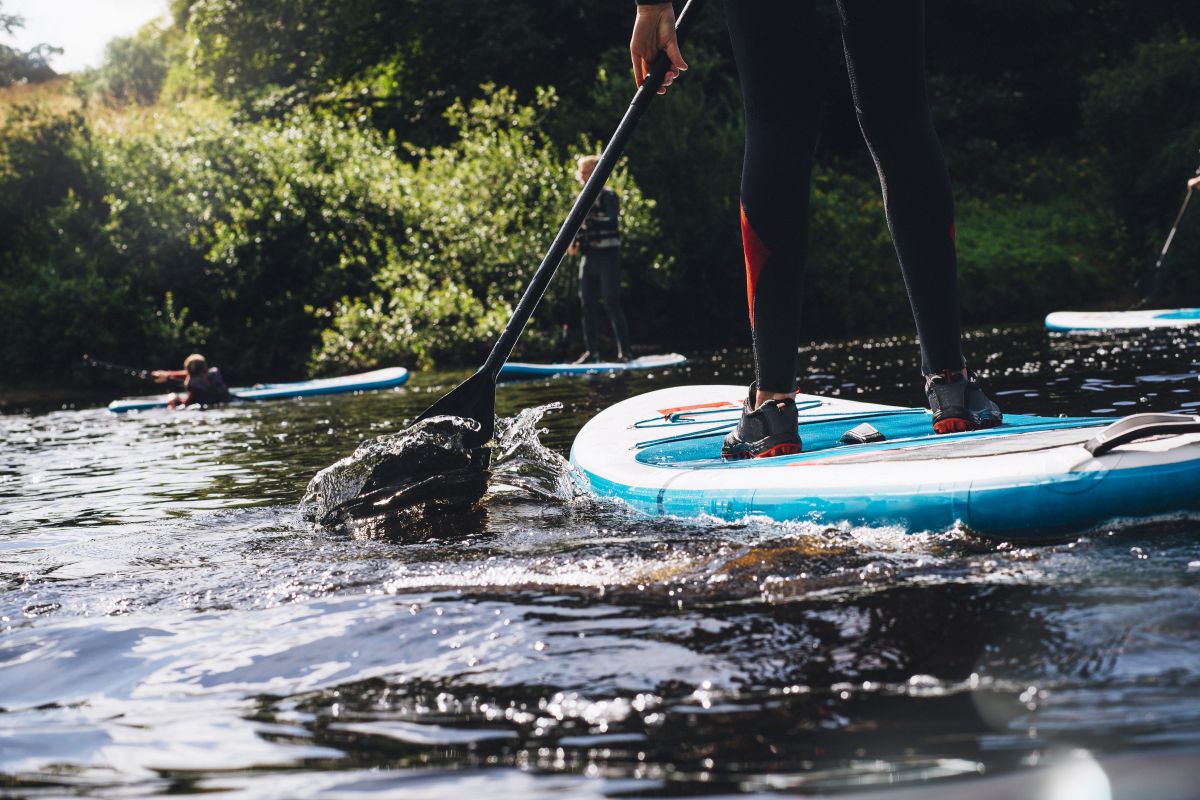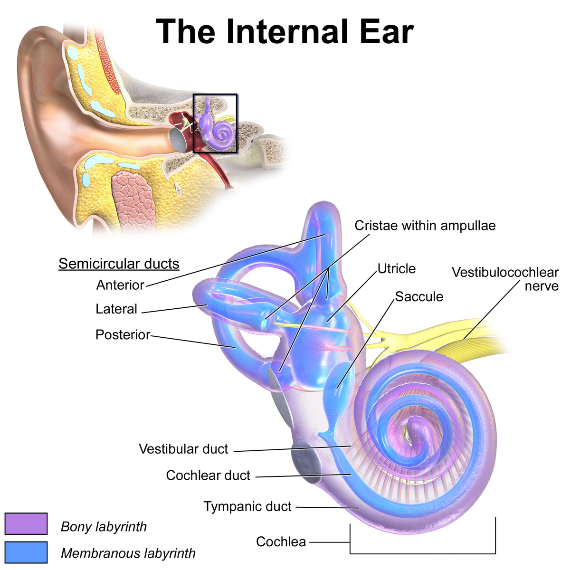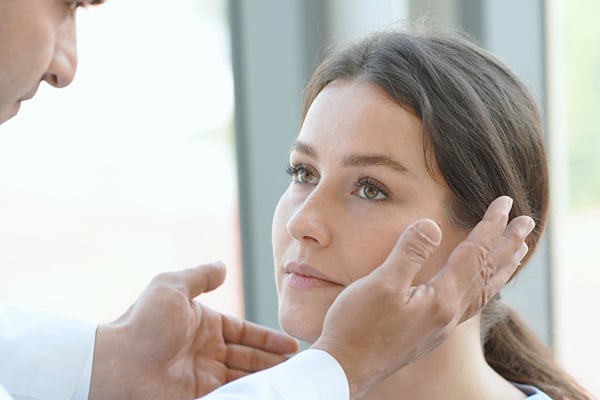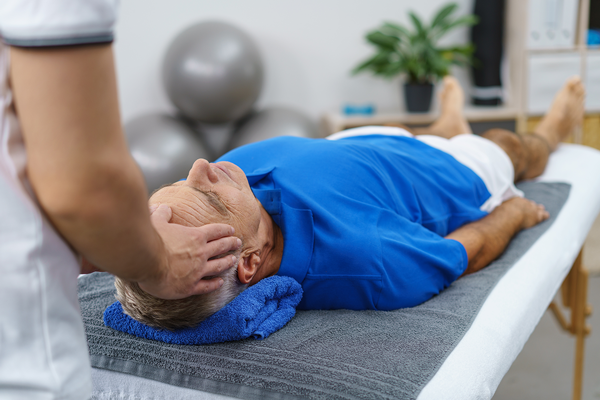
Shake Off the Dizziness and Get Outside
Most people eagerly anticipate getting back into their outdoor activities once the snow is gone – golfing, hiking, swimming, cycling, gardening, camping... we can’t wait! You might feel a little out of shape compared to how you finished off last season, your swing may be rusty, or your muscles might complain after a day in the garden, but some people discover a new sensation; they find that they’re briefly dizzy or unsteady with certain movements or activities. Do any of these sound like you?
- Your head spins when you bend down or come up from placing your tee, particularly if you bend more from the hips than the knees
- You’re more unsteady than usual when hiking on uneven ground or soft terrain, especially in the dark
- You feel a bit disoriented when you are swimming, or more tippy on your paddle board or canoe
- You don’t feel as sure of yourself on your bike, particularly on bumpy paths or with all those trees and cars whizzing by
One possible culprit for these types of sensations is a problem in the inner ear. Not just for hearing, the inner ear contains an organ called the vestibular apparatus that detects even the slightest head movements or position changes.
How does your inner ear make you dizzy?
If the brain isn’t receiving the same information from each ear about what your head is up to, it can make you dizzy and unsteady when your head moves. When your inner ear(s) isn’t working properly, the brain isn’t getting enough information as it needs for orientation, and you become a lot more dependent on what your eyes see and what your body feels to keep yourself steady. This can be more problematic when you’re bending down, on uneven terrain, or in the water.
If both inner ears have reduced function, it can even alter your vision. Things may appear to shift, blur, or bounce when your head is moving more aggressively, like when biking or swimming in choppy water.

Many conditions can affect the function of your inner ears, but one of the more common ones is BPPV (Benign Paroxysmal Positional Vertigo). This is a mechanical problem where some of the crystals can get loose from the gel that holds them in place and move into a different part of the inner ear. When you move your head into a position where gravity makes the loose crystals start to move, it will give you a brief spinning type of dizziness and throw off your balance. Watch this video to learn more about causes and symptoms of BPPV!
If all of this sounds familiar to you, especially if you also feel the sensation when lying down or getting out of bed, then you may be experiencing BPPV. This condition can normally be corrected in 1-3 treatments. A well-trained Vestibular Therapist can help identify numerous different types of inner ear issues, with the help of infrared goggles to analyze eye movements, which can be treated with therapy called Vestibular Rehabilitation.
Lifemark has a robust vestibular rehabilitation program offered at over 85 locations coast to coast. If you are experiencing dizziness or unsteadiness, head to a local Lifemark clinic for help!





